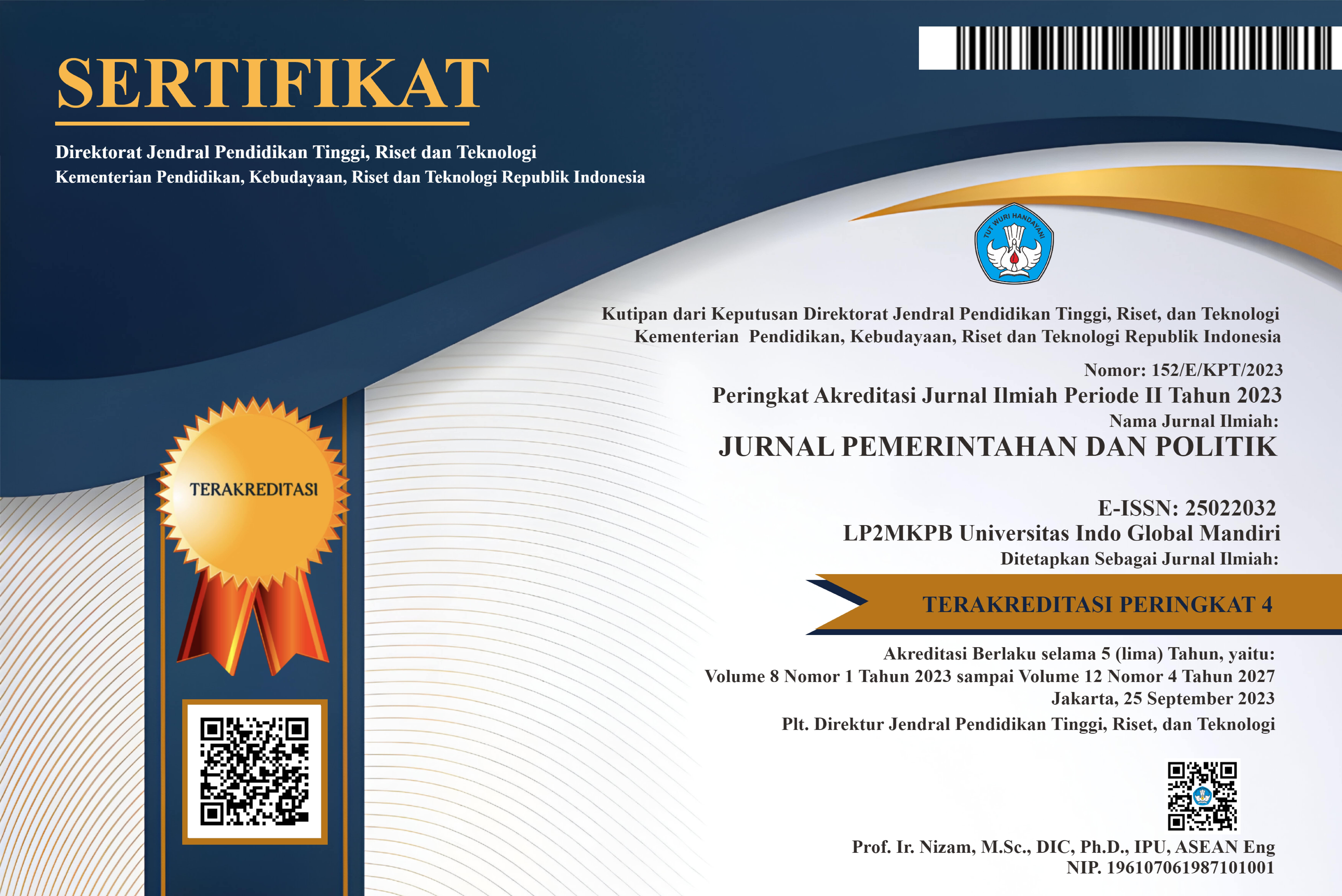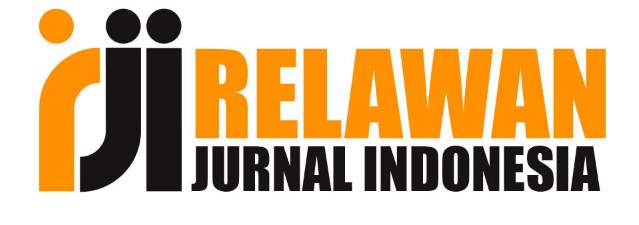FAKTOR-FAKTOR YANG MEMPENGARUHI IMPLEMENTASI KEPMENKES NO.1087/MENKES/SK/VIII/2010 TENTANG KESELAMATAN DAN KESEHATAN KERJA DI RUMAH SAKIT
DOI:
https://doi.org/10.36982/jpg.v2i1.653Abstract
Hospitals have the purpose of providing personal health services in plenary that is promotive, preventive, curative, and rehabilitative services in order to realize the degree of public health as high. In fact in achieving the goals of the hospital above are some factors that influence one human safety and health of the hospital itself. SDM is dominant in achieving the hospital for how health care is given to the maximum by the hospital human resources in order to achieve the degree of public health as high if they themselves in a state that is not safe and not healthy. Based on the description above, the researchers are interested in making the observation and analysis of the factors that affect the implementation Kepmenkes no.1087 / Menkes / SK / VIII / 2010 on occupational safety and health in the hospital.
The method used is descriptive qualitative, aimed to provide an overview "Factors Affecting Implementation Kepmenkes No.1087 / Menkes / SK / VIII / 2010 on Safety and Health at Work in Hospitals" by regulation, legislation in force and related theory. The study was conducted at Hospital X Palembang for 6 months. Subject (informant) in this study consists of 4 people.
From the results of this study concluded that the driving factor in policy implementation K3RS in RS X are as follows: 1) Commitment Leadership, The form of these commitments stipulated in the decree on the implementation of the Director RS X K3RS in the hospital environment X. 2) Disposition / Commitment The Executive ( Implementors), the commitment in question is always completed the tasks mandated, always follow the activities associated with K3, a sense of belonging institution. The limiting factor in policy implementation K3RS in RS X are as follows: 1) Competence HR, human resources at P2K3RS actually in terms of quantity or amount is enough but for the competence of human resources were still lacking because there are human resources in P2K3RS that has not been certified K3 this is due to limited budget allocation. 2) Commitment Ganda, committed a double question is overlapping job description, causing lack of focus staff in doing their jobs the actual job description already established and well drafted but still not up to the implementation, overlapping this happens due to the limited number of human resources that are already certified K3RS. 3) RS X has not fulfilled some aspects or components that are the subject of assessment in the awarding of zero accidents (zero accident) that the organizational aspects of K3, K3 program aspects, aspects of training in the field of K3, and control aspects.
Keywords: Factors, Implementation, Occupational Health, Hospital
References
Kementerian Kesehatan RI. Kepmenkes No. 432/MENKES/SK/IV/2007 tentang pedoman manajemen kesehatan dan keselamatan kerja di rumah sakit (K3) RS. Jakarta. Kemenkes RI; 2007.
Supriyatno. Analisis Implementasi Kebijakan Sekolah Gratis. [Tesis] Jakarta: Fakultas sospol Universitas Indonesia. 2010.
Subarsono. 2013. Analisis Kebijakan Publik. Pustaka Pelajar. Yogyakarta.
Sumarsono, Sonny. 2003. Ekonomi Manajemen Sumber Daya Manusia dan Ketenaga kerjaan. Graha Ilmu. Yogyakarta.
Hasibuan, Malayu S.P. 2003. Manajemen Sumber Daya Manusia. Edisi Revisi. Bumi Aksara. Jakarta.
Kemenakertrans RI. Permenakertrans No. PER-01/MEN/I/2007 tentang Pedoman Pemberian Penghargaan Keselamatan Dan Kesehatan Kerja (K3). Jakarta. Kemenakertrans RI; 2007.
Kemenkes RI. Permenkes Nomor 340/MENKES/PER/III/2010 tentang Klasifikasi Rumah Sakit. Jakarta. Kemenkes RI; 2010.











